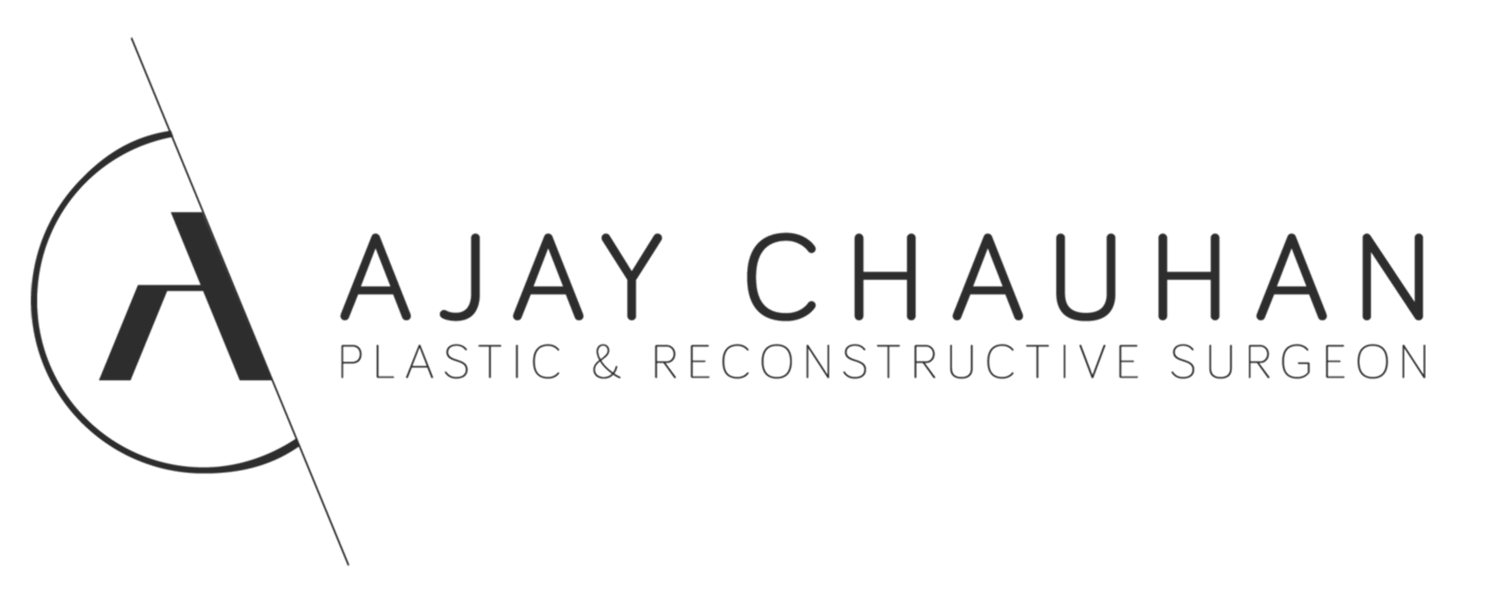
Injury and Trauma
Return to Function
Hand Surgery
Hand Surgery began as a plastic surgical specialty. Plastic surgical training includes around five years of hand surgery training, including the repair of bones, tendons, arteries and nerves.
Non-emergency hand surgery includes conditions such as carpal tunnel syndrome, Dupuytren’s Contracture and trigger finger.
Lacerations
Lacerations which require surgical repair are often referred fro plastic surgeons. This may because there are underlying structures which require repair, such as important nerves, tendons and ligaments.
Plastic surgeons are often called upon to repair lacerations when they are on the face or involving delicate structures such as the lips, eyelid and ear.
Lower Limb Reconstruction
Injuries to the lower leg sometimes include soft tissue loss, in which healing may be very poor. Plastic surgical techniques may be required. such as skin grafting or flap reconstruction.
Microsurgical reconstruction is often needed in order to transplant tissues from another part of the body to lower limb in more severe injury.
Scar Revision
Scars occur whenever the skin is injured. Whether the ‘injury’ is controlled through a surgical procedure or uncontrolled through an accidental injury, it may not heal in the desired manner.
The appearance of the scar may be prominent and the function if the surrounding tissues may be impaired. Both if these are indications to consider whether surgical scar revision is appropriate.
Scar revision is performed using specialist plastic surgical techniques and sometimes through fat injection, both of which may be combined with nonsurgical treatments such as laser, light therapy or radio-frequency needling.

